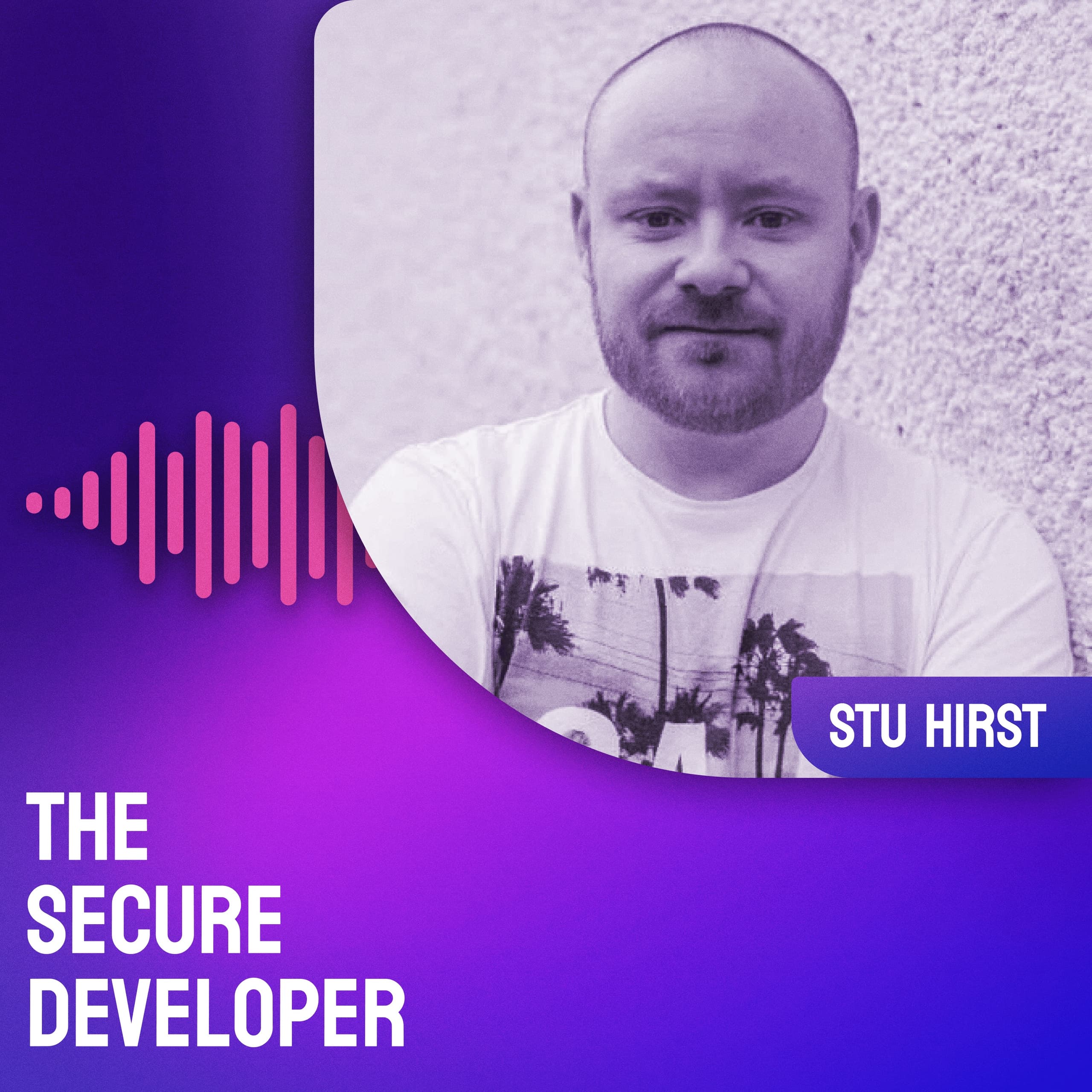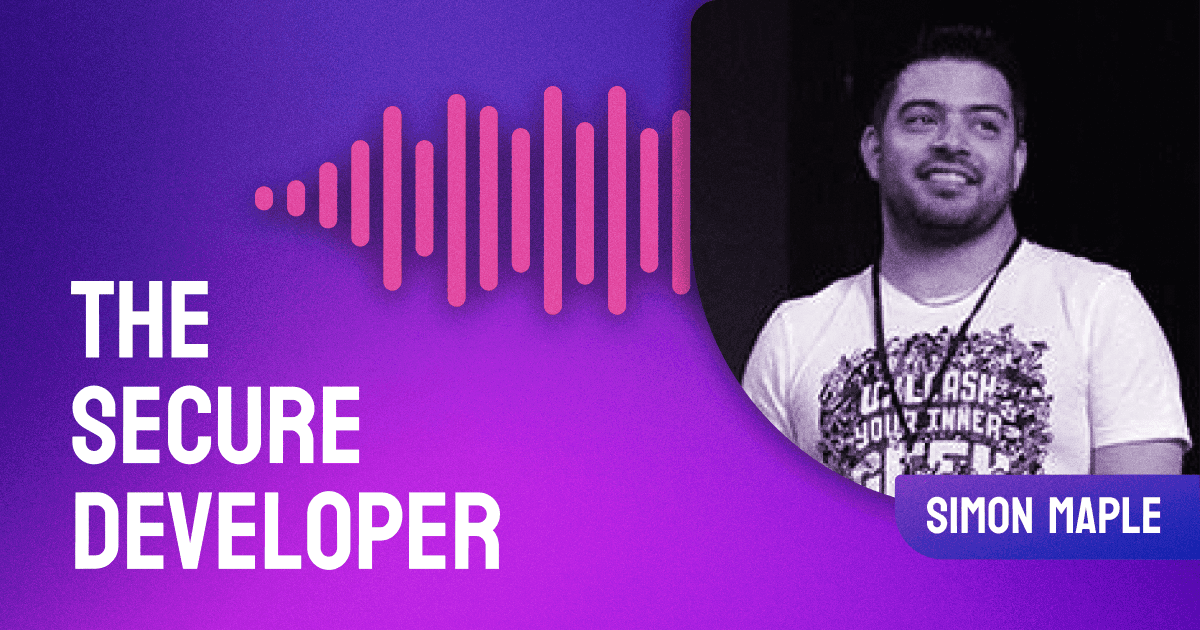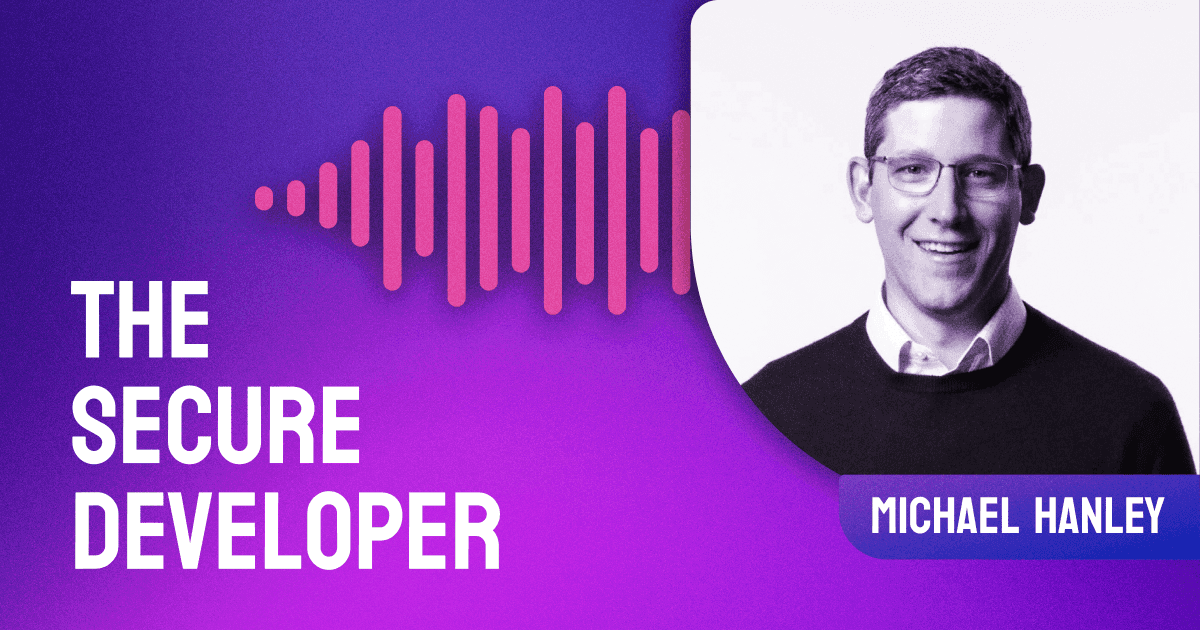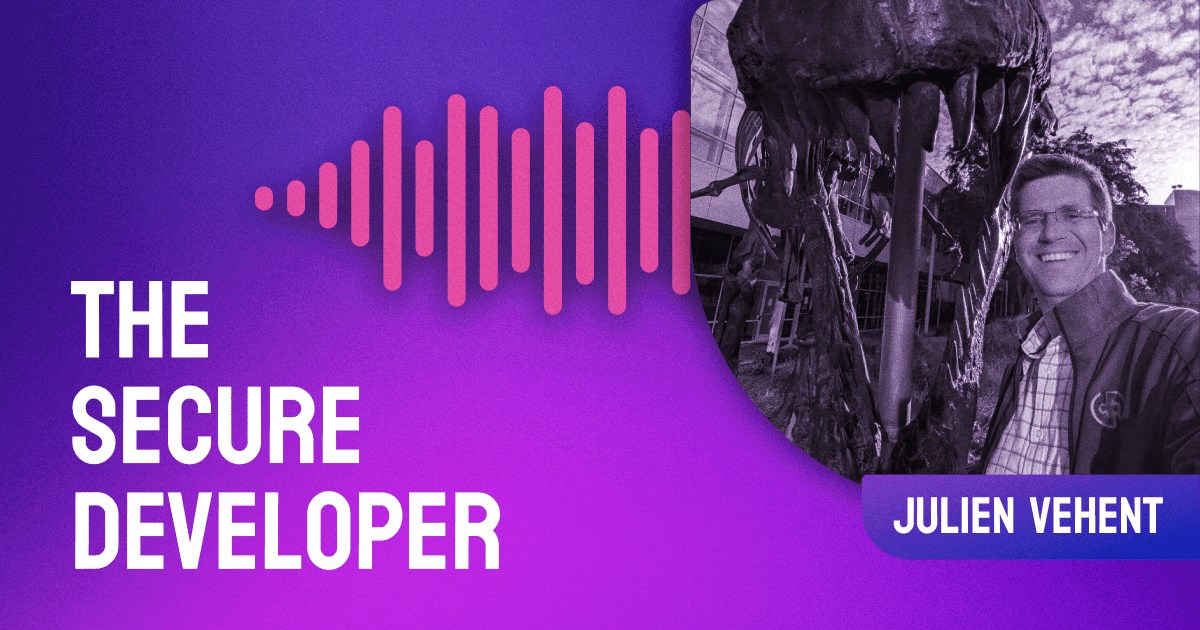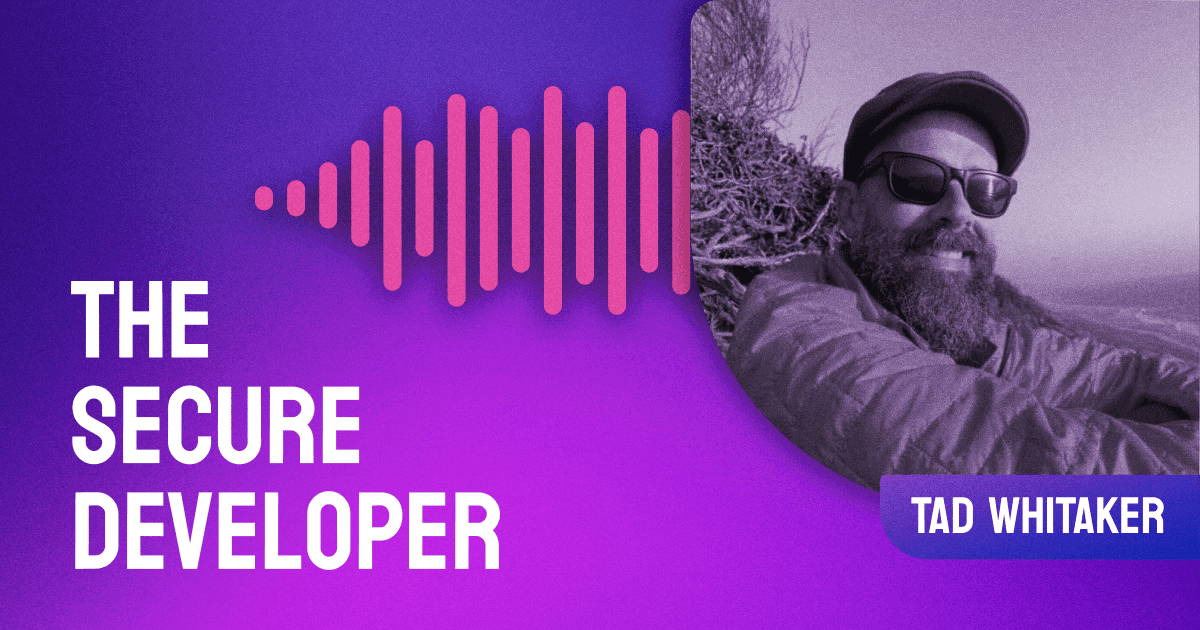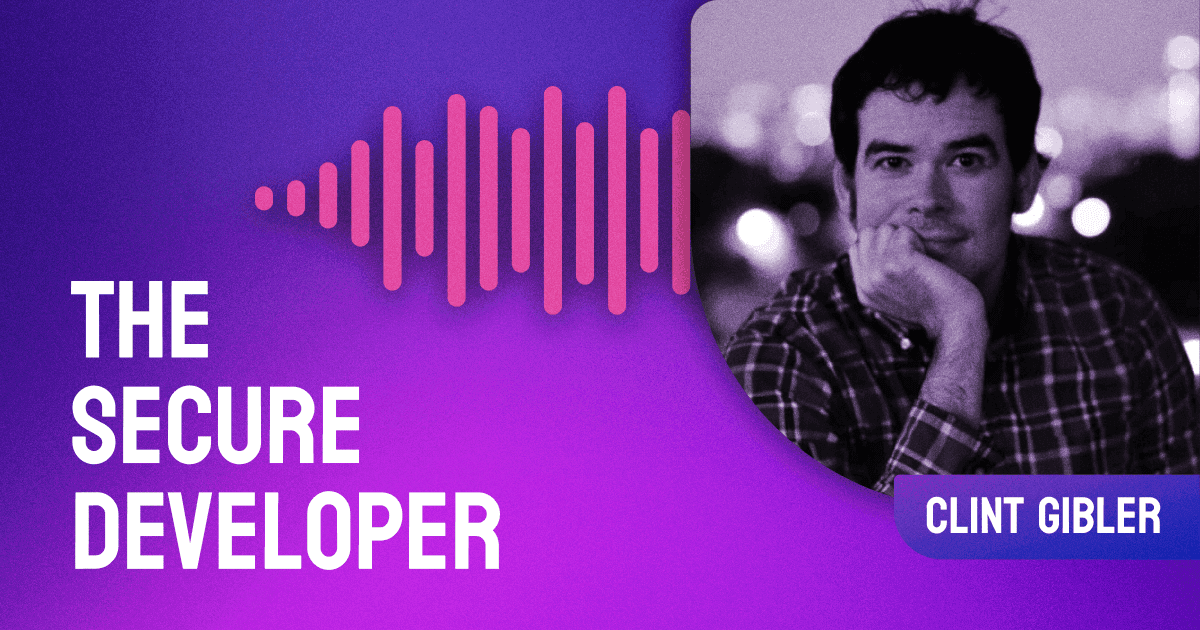In episode 43 of The Secure Developer, Guy joins Stu Hirst, Principal Cloud Security Engineer at Just Eat. They discuss Stu’s journey into cloud security, avoiding burnout, cultivating better hiring practices, and the importance of failing fast.
The post Ep. #43, Combatting Security Burnout with Stu Hirst of Just Eat appeared first on Heavybit.
